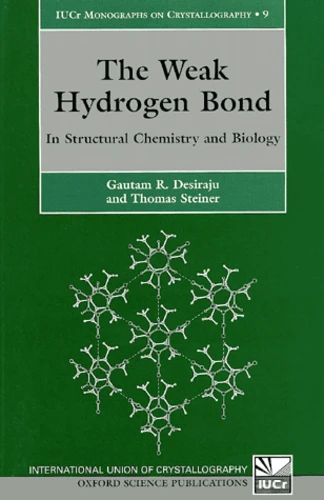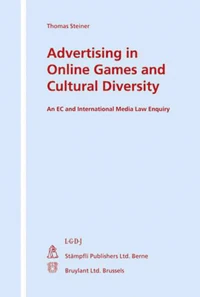The Weak Hydrogen Bond. In Structural Chemistry And Biology
Par : ,Formats :
- Paiement en ligne :
- Livraison à domicile ou en point Mondial Relay indisponible
- Retrait Click and Collect en magasin gratuit
- Réservation en ligne avec paiement en magasin :
- Indisponible pour réserver et payer en magasin
- Nombre de pages507
- PrésentationBroché
- Poids0.755 kg
- Dimensions15,6 cm × 23,3 cm × 2,8 cm
- ISBN0-19-850970-7
- EAN9780198509707
- Date de parution05/07/2001
- Collectioniucr monographs on crystallogr
- ÉditeurOxford University Press
Résumé
The weak or non-conventional hydrogen bond has been the subject of intense scrutiny over recent years. Although the existence of this type of hydrogen bond was postulated many years ago, it was generally relegated to a subsidiary position when compared to the stronger and more well-known forms of hydrogen bond. However, a growing body of experimental and theoretical evidence now confirms that hydrogen bonds such as C-H...O, O-H...pi, C-H...pi, and even bonds such as O-H...metal, play distinctive roles in structural chemistry and biology. In this text the authors, both leading authorities in the field, provide a critical assessment of this interesting and occasionally controversial interaction type. Those interested in structural and supramolecular science will find here a comprehensive and up to date survey of the subject. The book benefits from extensive illustrations and is thoroughly referenced.
The weak or non-conventional hydrogen bond has been the subject of intense scrutiny over recent years. Although the existence of this type of hydrogen bond was postulated many years ago, it was generally relegated to a subsidiary position when compared to the stronger and more well-known forms of hydrogen bond. However, a growing body of experimental and theoretical evidence now confirms that hydrogen bonds such as C-H...O, O-H...pi, C-H...pi, and even bonds such as O-H...metal, play distinctive roles in structural chemistry and biology. In this text the authors, both leading authorities in the field, provide a critical assessment of this interesting and occasionally controversial interaction type. Those interested in structural and supramolecular science will find here a comprehensive and up to date survey of the subject. The book benefits from extensive illustrations and is thoroughly referenced.


